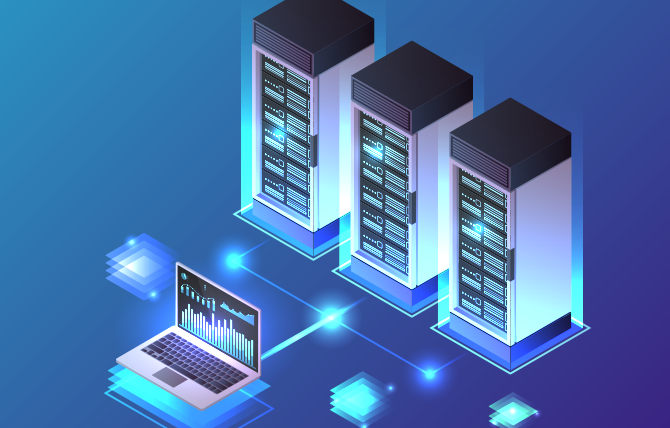Remote monitoring and management (RMM) tools have been game-changers for IT management. They have made the arduous task of managing diverse hardware resources across multiple sites much more efficient and less time-consuming. Among the many benefits of RMM, one function that deserves special attention is the “Hardware Inventory.
What is it’s function?
The Hardware Inventory function provides a comprehensive, automated catalog of all hardware assets across an organization’s network. It includes data such as the type of device, manufacturer, model, serial number, physical location, configuration details, and status. But why is this function so important in an RMM solution?
Enhanced Efficiency and Cost Savings
With a centralized hardware inventory, IT administrators can quickly access detailed information about each piece of equipment. This enables proactive management, helping to prevent potential problems and minimize downtime. Additionally, hardware inventory tools can help track and manage hardware lifecycles effectively. This can lead to considerable cost savings by avoiding unnecessary purchases and promoting timely upgrades or replacements.
Strategic Decision Making
A comprehensive hardware inventory can assist with strategic IT planning. By identifying patterns in hardware use and performance, organizations can make informed decisions about future investments. This can result in substantial cost savings by ensuring that IT expenditure aligns with the organization’s actual needs.
Compliance and Audit Readiness
Regulatory compliance, such as GDPR, often requires a record of all hardware assets. By maintaining an up-to-date hardware inventory, organizations can simplify the compliance process and be prepared for audits. In addition, the transparency afforded by a hardware inventory can help organizations identify unauthorized devices, enhancing security.
Enhanced IT Security
A Hardware Inventory function not only streamlines IT operations but also reinforces IT security. The first step in securing an organization’s IT infrastructure is knowing what needs to be protected. By providing a detailed view of all hardware assets, the inventory allows for better control and security of the network. This can be particularly helpful in preventing and mitigating threats associated with unauthorized devices or vulnerable, outdated hardware.
In conclusion, the Hardware Inventory function in RMM tools is not just a “nice-to-have” but a critical component for efficient IT management. It leads to cost savings, strategic decision-making, improved compliance, and enhanced security. With its assistance, organizations can move from reactive to proactive IT management, unlocking new levels of efficiency and security. The era of spreadsheets and manual logs for hardware management is long gone. Embracing the power of hardware inventory in RMM is the way forward, helping organizations to realize their full potential while saving costs and enhancing security.
Contact us if you would like more infomation or to arrange a free trial.
